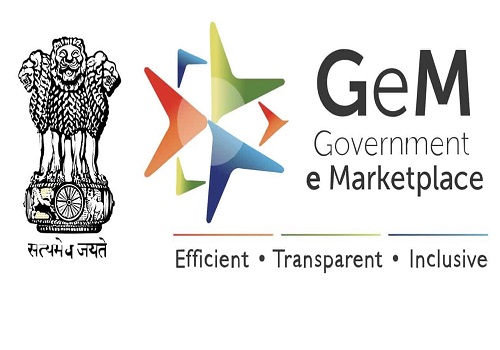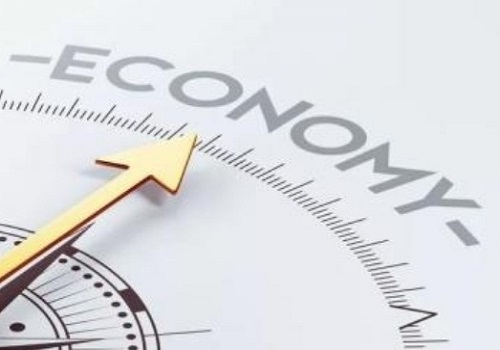Credit profile of domestic non-ferrous metal players likely to remain healthy in FY25: ICRA

Follow us Now on Telegram ! Get daily 10 - 12 important updates on Business, Finance and Investment. Join our Telegram Channel
Credit rating agency ICRA in its latest report has said that the credit profile of the domestic non-ferrous metal players is likely to remain healthy in FY2025 driven by resilient base metal prices. According to ICRA's latest research, international base metal prices rose by around 12-14% in 7M FY2025 compared to the same period last year. While potential downside risks in the second half of FY2025 cannot be ruled out, low inventories and ongoing supply constraints are expected to limit any sharp price corrections during this period. Additionally, the stimulus announced by the Chinese government along with interest rate cuts in the US are supporting metal prices.
The report said in the domestic market, while the coal costs remain stable, the rising alumina costs, due to supply constraints, pose a near-term concern for the non-integrated aluminium players. Nonetheless, ICRA projects the buoyant metal prices to support the operating margins for domestic non-ferrous metal companies in FY2025. As for the domestic demand-supply scenario, the domestic demand for base metals registered a healthy expansion of 10-13% during FY2023 and FY2024, led by increased consumption from end-user sectors, particularly infrastructure, electrical, and renewable energy. Demand for non-ferrous metals is likely to show a growth of 7-10 per cent in FY25, surpassing the global demand growth forecast of 2% by a wide margin.
According to the report, the capacity utilisation for aluminium and zinc metal players also remained healthy at over 90% in the current fiscal, resulting in large export volumes. Off-take risks in the international market remain low, given the cost competitiveness of the domestic manufacturers. However, lower copper production has created a large deficit in the domestic copper market, resulting in large import dependence.












 320-x-100_uti_gold.jpg" alt="Advertisement">
320-x-100_uti_gold.jpg" alt="Advertisement">











